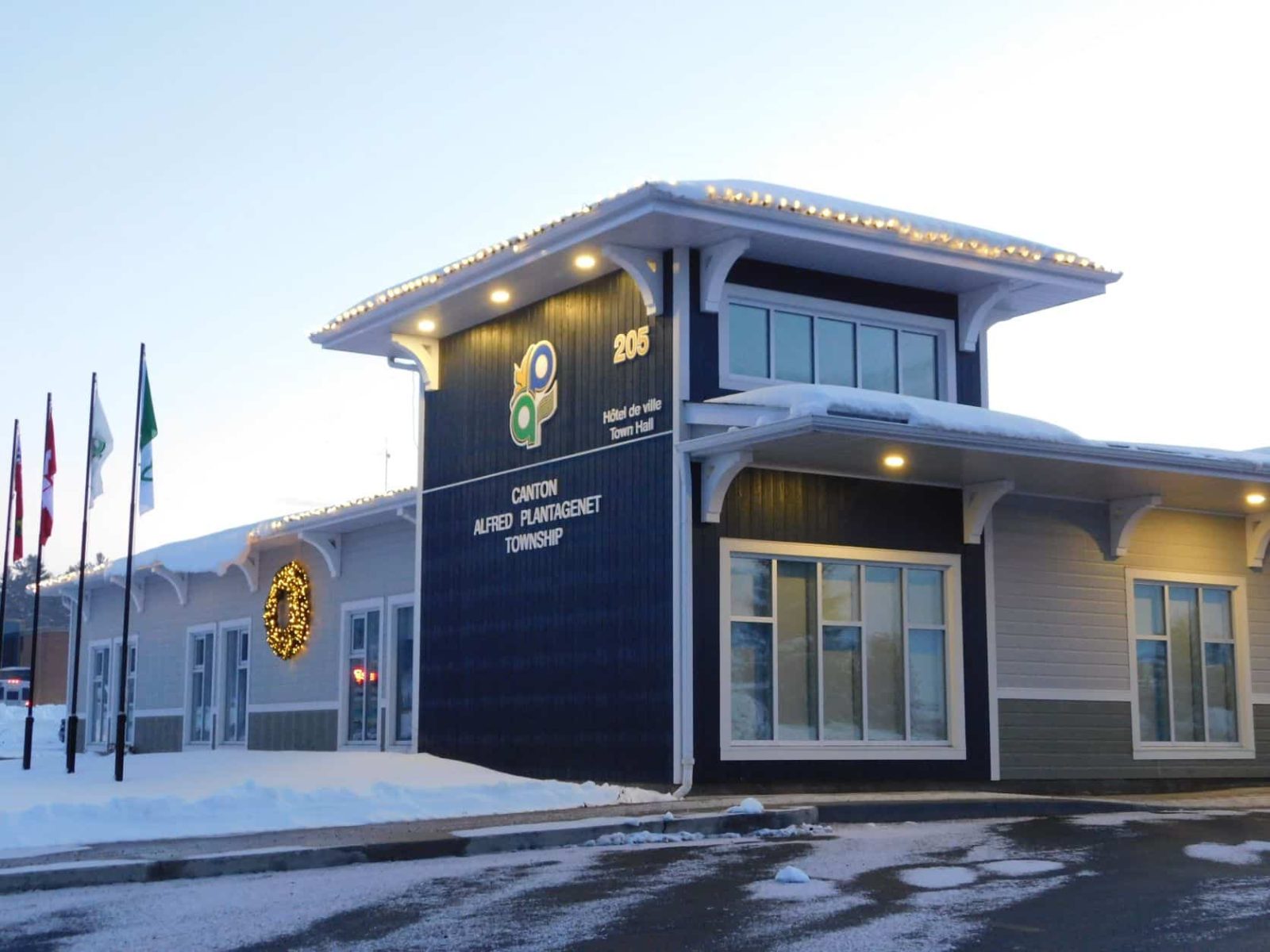Public Works Director Jonathan Gendron presented township council during its February 21 committee of the whole session with a summary report on plans for a new garbage collection contract and user fee schedule. and the recreation department are going to try again this year to get a new roof on the library.
Recreation Director Ken St-Denis presented council with a report during its February 21 committee of the whole session on the new plan for reroofing the village library building in Lefaivre. The original garbage collection contract dates back to 2015 and was renewed in 2021 for a three-year term that ends at the beginning of April 2024.
Gendron’s department is preparing a proposal call for the new garbage collection contract and also looking at revising the present collection fee system to make it more fair concerning the cost-sharing among residential, commercial, industrial, and other property owners.
“Both the garbage and the recycling fees would be proportionate to the category that a property fits,” Gendron said.
The goal, Gendron told council, is to develop a user-pay fee sytem that allows for much potential garbage a household or a business would present for pickup each week along with a reasonable charge for collection and transport to the landfill.
“You pay for what you generate,” he said.
In response to questions from Council, Gendron said that currently, approximately 4,300 households take out the 127-litre bins provided by the municipality for residential waste collection. Households that put out more garbage than the bin can hold are charged extra for the extra garbage collected. Recyclable materials that are to be collected on garbage day are kept separately in blue box bins.
Gendron notes in his report that between 150 and 200 industrial, commercial and institutional (IC&I) properties, as well as agricultural properties where there are no houses, use bins of varying sizes for their waste collection. These bins range in capacity from 120 liters to eight yards. For recyclables, these homeowners place them in separate bins of various sizes or leave them loose for collection.
The report indicates that 59 commercial and industrial premises use metal bins to store waste for collection. Access to these bins for collection is sometimes difficult because they may be located behind the building or on the side and require the garbage truck to first drive through a parking lot. Delays in snow removal in the winter can sometimes make it impossible to collect garbage at these locations.
Gendron’s department plans to conduct a survey of garbage collection sites as part of the preparation of the bidding process for a new contract. He explained to the board that contractors who choose to bid on the contract need to have as much accurate information as possible about the routes they need to take for collection and the types of situations they may encounter during a pickup.
The survey will also help develop a fair user fee system for waste collection. Gendron noted that currently, IC&I customers who use metal garbage cans for waste disposal generate 35 per cent of the waste that goes to landfill, while providing 7 per cent of the waste collection revenue to the municipality under the current fee and rate structure. IC&I’s households and small customers generate 65 per cent of the waste going to landfill, but pay 93 per cent of the revenue.
Gendron’s department will present a proposal for a revised user fee schedule at a future council meeting.



